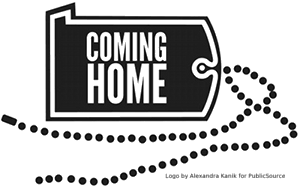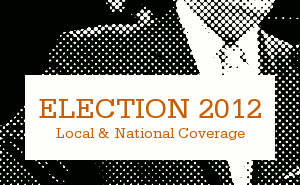Robotic-assisted, laparoscopic surgery for prostate cancer has gained in popularity over the years, but a recent UPMC study found it doesn’t yield better results than standard open surgery, though it costs a great deal more.
“We know that the robot, as a device, is an expensive piece of equipment and we know that the materials used in the operating room are also more expensive, but we didn’t really have a sense of what the magnitude difference between these two common approaches to prostate cancer were,” said Joel Nelson, M.D., senior author of the study and chair of the Department of Urology at UPMC.
The study found that the mean total cost per case of robotic-assisted laparoscopic radical prostatectomy (RARP) was more than 62% of the cost of open radical retropubic prostatectomy (RRP).
“One of the things that we were disappointed was that with the robot we just did not see significant improvements with cancer outcome with functional outcomes when you compare it to an experienced surgeon doing it as an open procedure,” said Nelson.
Almost every major hospital in the country has one of these devices and they are not used just for prostate cancer. Doctors find them useful in a variety of operations. Nelson estimated between 60% and 80% of procedures for prostate cancer are now done with robotic assistance. He added the technology has been a great advance in medicine, but not necessarily in the area of prostate cancer surgery.
The amount paid for the two procedures by insurance, including Medicare and private insurers, was nearly the same, which means that for the more expensive RARP, hospitals lost about $4,013 on average for the surgery.
“When you look at something in terms of what’s its value, you want to ask, ‘OK, if I’m paying extra,’ not me personally, but society is paying extra for this to be done, ‘what are we getting for this extra cost?’ And you had to be crass and say you’re only going to look at the money but the fact is we have to be savvy about the way we’re spending our health care dollar,” said Nelson.
For this cost analysis, researchers looked at treatment for 473 consecutive patients from July 2009 to October 2010 at UPMC Shadyside Hospital. 115 of the patients underwent RARP and 358 RRP. The overall cost per case for RARP exceeded the cost of RRP by nearly $5,300.






